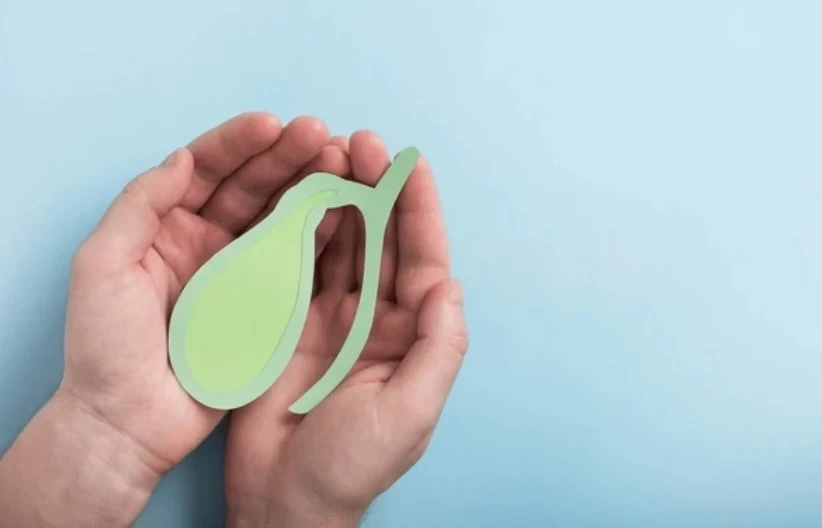
Gallbladder Surgeries
- Gallbladder Surgeries
- Conditions Leading to Gallbladder Surgery
- Types of Gallbladder Surgery
- Surgical Process and Preparation
- Postoperative Period
- Possible Complications and Risks
Gallbladder surgeries are among the most common and significant procedures I encounter in my surgical practice. The gallbladder is an organ that stores bile, a fluid produced by the liver, and releases it into the small intestine during digestion to aid in the breakdown of fats. However, for various reasons, the gallbladder may lose its function or develop problems. In such cases, gallbladder surgery, known as cholecystectomy, may become an unavoidable solution.
In this article, I will draw on my experiences to provide a detailed overview of the reasons for gallbladder surgery, the types of surgeries, the processes involved, and the postoperative period.
Conditions Leading to Gallbladder Surgery
Gallbladder surgery is typically necessitated by conditions such as gallstones (cholelithiasis), gallbladder inflammation (cholecystitis), gallbladder polyps, and, rarely, gallbladder cancer. These issues can impair the function of the gallbladder and lead to serious symptoms in the patient. The most common condition is the obstruction caused by gallstones, which can lead to complications such as severe pain, infection, and pancreatitis.
Gallstones form when cholesterol, a component of bile, crystallizes. When these stones block the bile duct, symptoms such as severe pain, nausea, vomiting, and fever can occur. If this condition is not treated, it can lead to infection and other serious complications, necessitating surgical intervention.
Types of Gallbladder Surgery
Gallbladder surgeries are performed using two main methods: Laparoscopic (minimally invasive) cholecystectomy and open cholecystectomy.
- Laparoscopic Cholecystectomy: This is the most commonly preferred method today, also known as minimally invasive surgery. In laparoscopic cholecystectomy, several small incisions are made in the abdomen, through which instruments called trocars are inserted, and the gallbladder is accessed using a laparoscope (a thin tube with a camera). This method allows patients to experience less pain, recover faster, and spend less time in the hospital. Most patients can return to their daily activities within a few days after surgery.
- Open Cholecystectomy: When laparoscopic surgery is not possible or complications arise, open cholecystectomy is preferred. In this method, a larger incision is made in the abdomen, and the surgeon directly accesses the gallbladder. Open surgery requires a longer recovery time compared to the laparoscopic method and may involve more pain and discomfort in the postoperative period. However, in some cases, this method may be unavoidable.

Surgical Process and Preparation
Before gallbladder surgery, it is essential for patients to undergo a thorough evaluation. During this process, we carefully assess the patient's overall health, the medications they are taking, any allergies, and the necessity of the surgery. Usually, before the surgery, blood tests, ultrasound, and sometimes MRCP (Magnetic Resonance Cholangiopancreatography) are used to obtain detailed information about the condition of the gallbladder.
In the preoperative period, patients may need to fast, and if they are on blood-thinning medications, these may need to be discontinued under our supervision. On the day of the surgery, the patient is evaluated by an anesthesiologist. After general anesthesia is administered, the surgery begins.
Postoperative Period
After gallbladder surgery, we typically keep patients under observation for a few hours and discharge them either the same day or the next day, depending on the situation. The recovery period after laparoscopic cholecystectomy is generally quick. Patients may experience mild abdominal pain and gas pains for a few days after surgery, but these symptoms usually resolve quickly.
There are some points that patients need to pay attention to during the postoperative period. For the first few weeks, heavy lifting should be avoided, and movements that put excessive pressure on the surgical area should be avoided. Additionally, it is important to be mindful of dietary habits. In the initial days, light and low-fat foods should be preferred, and easily digestible foods should be consumed.
Possible Complications and Risks
As with any surgical intervention, gallbladder surgeries carry some risks. However, these risks are generally low and have been minimized with modern surgical techniques. Possible complications include infection, bleeding, bile duct injuries, and, rarely, pancreatitis. Working with an experienced team in preventing and managing these complications is crucial for enhancing patient safety.
In conclusion, gallbladder surgeries are generally a safe and effective treatment option. The majority of patients regain their health after surgery, with a significant improvement in their quality of life. Establishing clear and understandable communication with patients about the necessity of the surgery, the method to be used, and the potential risks is one of the cornerstones of the surgical process's success.
Stay healthy…

Op. Dr. Volkan Kınaş
General Surgery Specialist





